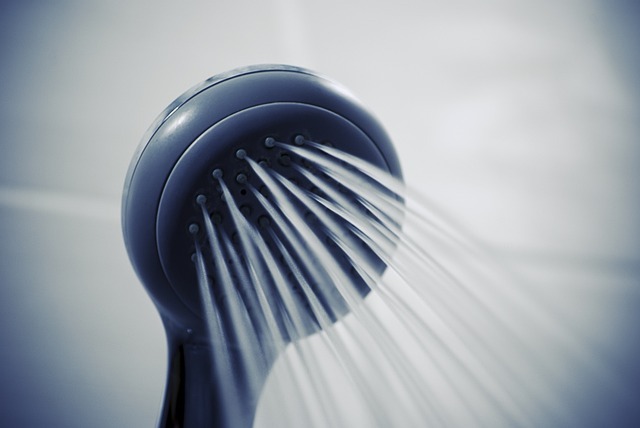Water conservation is an essential practice in our daily lives, particularly in the context of climate change and finite resources. Monitoring water usage in showers is about saving water and embracing a sustainable lifestyle that can significantly impact our environmental footprint. If you are wondering “How many gallons of water does a shower use,” you may be surprised to learn that it varies significantly depending on the shower’s flow rate and duration, but tracking this can lead to substantial savings. This article explores the value of monitoring and managing water use in showers, offering practical advice and insights on efficiently using this vital resource.
The Importance of Monitoring Shower Water Usage
Understanding Water Consumption
Showers are among the top water users in the average home. A typical shower can use 2 to 5 gallons of water per minute. This means that even a short 10-minute shower can consume up to 50 gallons of water. By monitoring water usage, households can identify how much water is used and implement strategies to reduce this consumption.
Environmental and Economic Benefits
Reducing shower water usage has significant environmental benefits. It helps conserve water, a precious and often scarce resource. Economically, less water used means lower water bills. Monitoring helps not only save money but extends the life of septic systems and reduces the need for new water treatment facilities.
How to Monitor Water Usage in Showers
Manual Monitoring Techniques
One simple method to monitor water usage is by using a timer. This basic technique involves limiting how long the shower should run. Combining a timer with a low-flow showerhead enhances the effectiveness of this method, as it reduces the water flow rate while maintaining adequate water pressure.
Technological Solutions
For those looking for more advanced solutions, digital shower meters are available. These devices can be attached easily to most shower setups and provide real-time data on the amount of water used. Some models even offer features like setting water usage limits and alarms that notify when those limits are exceeded.
Practical Water-Saving Tips
Shorter Showers: Simply reducing shower time is a very effective way to reduce water use.
Low-Flow Showerheads: These showerheads can significantly reduce water usage without sacrificing performance.
Turn Off When Not Needed: Turning the shower off while lathering up or shampooing can make a big difference in water conservation efforts.
The Role of Awareness and Education
Community Initiatives
Local communities play a crucial role in promoting water conservation. Workshops and seminars can educate citizens on the importance of water conservation and demonstrate practical ways to reduce water use at home, including in showers.
Policy and Regulation
On a broader scale, policymakers can aid in this effort by setting regulations that encourage or even require using water-efficient appliances and fixtures in homes.
Innovations in Water Monitoring
Smart Home Integration
Integrating water monitoring systems with home automation can lead to substantial water savings as homes become smarter. Smart showers that automatically adjust water flow based on the duration and water used can optimize water use efficiently and conveniently.
Data-Driven Decisions
With the help of collected data from digital meters, households can make informed decisions about their water use habits. This data can be analyzed to understand water use peak times and adjust habits accordingly.
Monitoring water usage in showers is a small but powerful step toward water conservation. It helps reduce the consumption of a crucial resource and promotes a sustainable and economically sensible lifestyle. Now that you have the answer to “How many gallons of water does a shower use,” then recognizing the impact of even a single gallon can motivate more responsible usage. Through manual methods or high-tech solutions, efficient water use in showers can achieve significant environmental and economic benefits. Awareness, education, and technology integration are the keys to making shower water monitoring a standard practice in homes worldwide. Through collective effort and smart practices, you can ensure the preservation of water resources for future generations.

